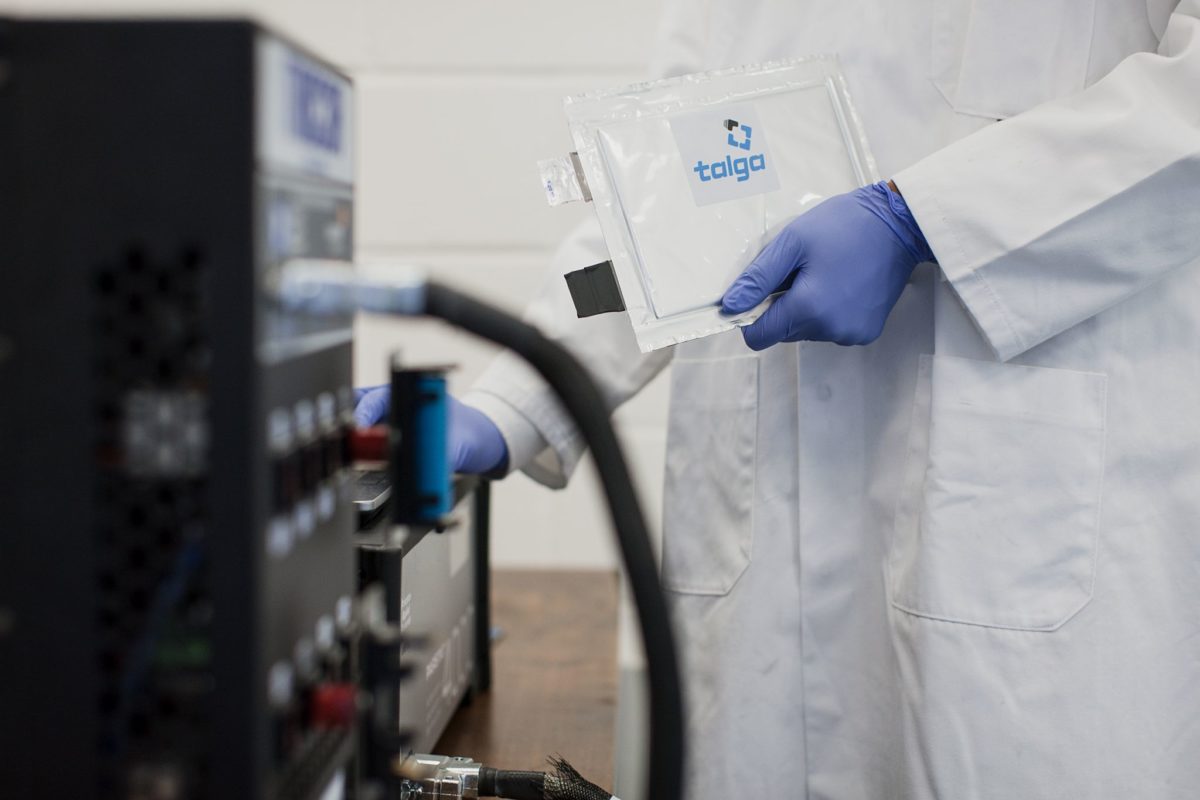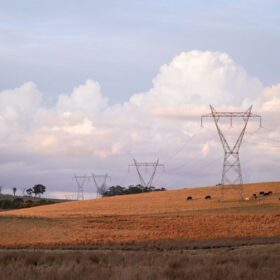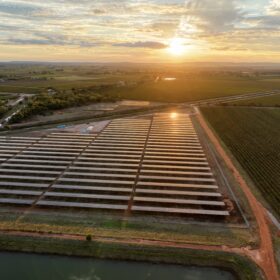Perth-based battery graphene anode producer Talga has struck an accord with European lithium-ion battery giant Farasis Energy Europe Gmbh (Farasis).
Talga sources its graphene and graphite in the north of Sweden, from where the company produces coated ‘active’ anode products which it will now, according to their agreement, supply to Farasis. And, in typically Swedish fashion, the company powers its operations using 100% renewable hydroelectricity.
The Rise of EVs
As the market for electric vehicles (EV) continues to grow strongly, there is a growing demand for lithium-ion batteries, of which graphite is the largest input raw material. In fact, there is almost four times as much graphite feedstock in each lithium-ion cell than lithium, and nine times as much as cobalt.
BloombergNEF’s Electric Vehicle Outlook forecasts global EV battery demand to grow 14-fold by 2030, a growth requiring almost 1.7 million tonnes of anode material each year. University of Texas at Austin Professor Arumugam Manthiram agrees, telling pv magazine, “Lithium-ion batteries will maintain their leading position for energy storage, particularly for electrification of the transportation sector.”
China dominates the supply of graphite anodes worldwide, a dominance partly the product of flake graphite’s use in steel refractories. However, as battery demand rises, especially in China itself where EVs are growing so rapidly that China is continually building graphite anode megafactories to meet demand.
Europe is also experiencing a rapid rise in EVs, but demand is stronger for sustainable and locally sourced battery anode materials, hence where Talga comes in.
“Talga is making substantial progress in commercialising its European lithium-ion battery anode products,” said Talga Managing Director, Mark Thompson, “and demand is growing rapidly, particularly in the EV market.”
Silicon Vs. Graphite
Concordant to the rise of EVs and lithium-ion battery demand is the necessity to improve the batteries themselves, to improve efficiency and increase energy density for better range and charging capabilities. This is not to mention the need to clean the global battery supply chain.
“We need to increase the energy density through an increase in the charge-storage capacities of the cathode and anode, an increase in the operating voltage of the cathode, or ideally an increase in both charge-storage capacity and operating voltage,” Manthiram told pv magazine. “Development of new or better electrode materials and electrolytes are needed to accomplish these goals. Novel synthesis and processing approaches along with computational modelling can assist these tasks.”
Of course, there is still a lot of room for improvement in graphite anodes, but one alternative is silicon. Silicon anodes have far greater energy density than graphite. However, due to silicon’s tendency to expand by as much as 400% when forming alloys with lithium, the graphite alternative still experiences a range of performance degrading effects.
However, progress is being made. This year, scientists at Rice University found that porous silicon ameliorated some of these degrading effects but the pores also compromised mechanical strength and so capacity had to be limited (although that capacity still exceeded the limits of graphite). And, only last month, scientists at the Pacific Northwest National Laboratory (PNNL) in the U.S. experimented using carbon nanotubes. The tubes were able to overcome some of the persistent problems inherent in developing silicon anodes for lithium-ion batteries.
Safe to Scale
Despite graphite’s inferiority to silicon, the latter is not yet as stable and integrated to serve the enormous and growing lithium-ion battery market. Considering the rise of EVs depends heavily on an ability to scale, graphite, and sustainably sourced graphite like that of Talga, is a major boost to the energy transition in the transport industry. Moreover, convenient alliances like Talga’s with Farasis mean that Europe’s EV uptake is taking up speed.
This content is protected by copyright and may not be reused. If you want to cooperate with us and would like to reuse some of our content, please contact: editors@pv-magazine.com.








1 comment
By submitting this form you agree to pv magazine using your data for the purposes of publishing your comment.
Your personal data will only be disclosed or otherwise transmitted to third parties for the purposes of spam filtering or if this is necessary for technical maintenance of the website. Any other transfer to third parties will not take place unless this is justified on the basis of applicable data protection regulations or if pv magazine is legally obliged to do so.
You may revoke this consent at any time with effect for the future, in which case your personal data will be deleted immediately. Otherwise, your data will be deleted if pv magazine has processed your request or the purpose of data storage is fulfilled.
Further information on data privacy can be found in our Data Protection Policy.